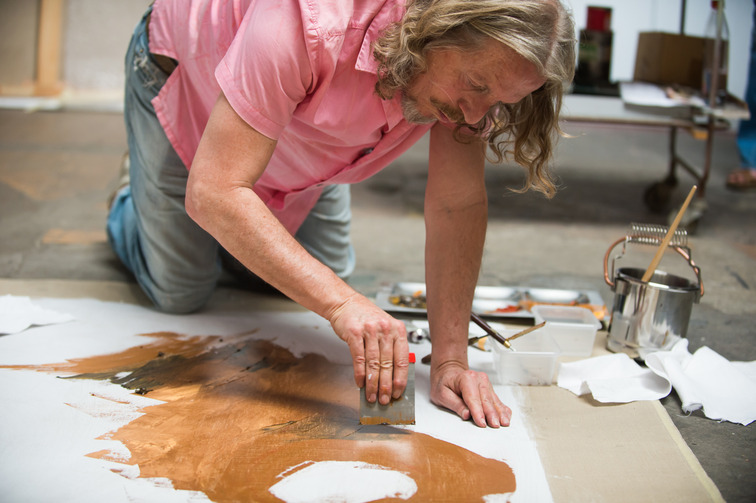Beltracchi: The Art of Forgery is a new doc about one of the best forgers of this century.
At what point do we appreciate art simply for beauty’s sake? Do ethics, fame, and art’s hierarchy of worth only come into play because of the immense monetary values that are allotted to pieces in the art world? These are some of the tantalizing questions that are raised by the new documentary directed by Arne Birkenstock, Beltracchi: The Art of Forgery.

We largely recognize art as prestigious when it’s displayed in the context of a collection or museum space. The art world has experts who dictate if a piece is authentic, and we trust their verdict when we appreciate the piece as more significant than another. But if those experts are fooled, and we are still appreciating it in the same way, does the evil of forgery lie only in its deception? Some would say it is a practice that harms the original artist, art history itself, or artistic value altogether.
The film follows Wolfgang Beltracchi, a man who, along with his wife, fooled the art world with his forgeries for nearly 40 years. Beltracchi’s method was to get inside a historic painter’s head and create works in their style—never completely copying a preexisting piece but presenting a new one as the artist’s original work, often filling holes in art history. The audience learns the entirety of Beltracchi’s story and observes his process as he creates various pieces throughout the film. Watching him work, it cannot be argued that his technique is not masterful and that as an artist he isn’t immensely talented. However, a tension that is sustained throughout the film is whether or not the respect evoked by his artistry should be resisted, in the face of the laws he has broken.
Beltracchi is described in an unflattering light by some of the art collectors and auctioneers that are interviewed. However, his light-heartedness, self-confidence, and positive attitude humanize him throughout the film. You see the love that his family and friends have for him, as well as the sweet, romantic relationship that he manages to sustain with his wife. His charm and openness hardly make him seem like your everyday criminal. Furthermore, although Beltracchi’s practice was against the law, we never really see him apologize for his actions. If anything, we see him accepting his, then, impending prison time with a chuckle and a smile.
As we dwell in a society that increasingly glorifies remix culture, is the deception inherent to forgery Beltracchi’s only misstep? In his mind, he created new versions of pre-existing successes. For example, he says in the movie, “if Max Ernst was first—and he was—then I adapted it, maybe made it better than the original. Maybe my forest is even more beautiful. Better, if you want to evaluate it. Because I’m adding to his.”
It is a documentary that will make you question what you appreciate art for—is it the monetary value, the authenticity, the artist’s status, or maybe its place in history? I urge you—if only for its quality of inspiring thought on ethics and the moral implications of forging artwork—not to miss the chance to immerse yourself in this movie.
You can catch Beltracchi: The Art of Forgery at Cinema du Parc when it opens on Sept. 25. The film is in German with English subtitles.



